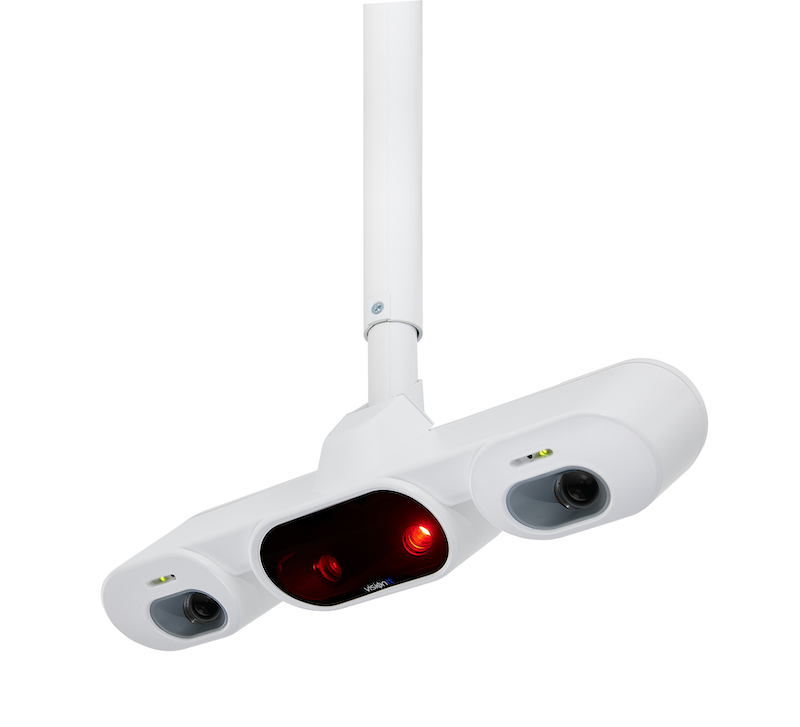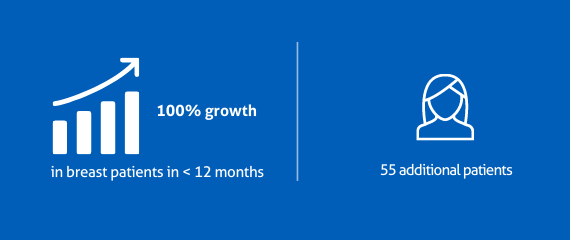Radiation oncology centers are facing a number of challenges in today’s financial environment. Due to dynamic healthcare reimbursement and recent market changes, administrators are under ever-increasing pressure to ensure their investments will bring about better patient outcomes while minimizing total cost of care.
Efficiency, patient satisfaction, and competitive differentiation are key.
A recent oncology-focused technology brief from Advisory Board, a health care think tank with more than 4,500 member organizations, recommended use of Surface Guided Radiation Therapy (SGRT) as a “wise investment” for cancer centers. “Using SGRT,” the report stated, “as opposed to marker-based techniques, allows for improved accuracy, patient satisfaction, and throughput.”






